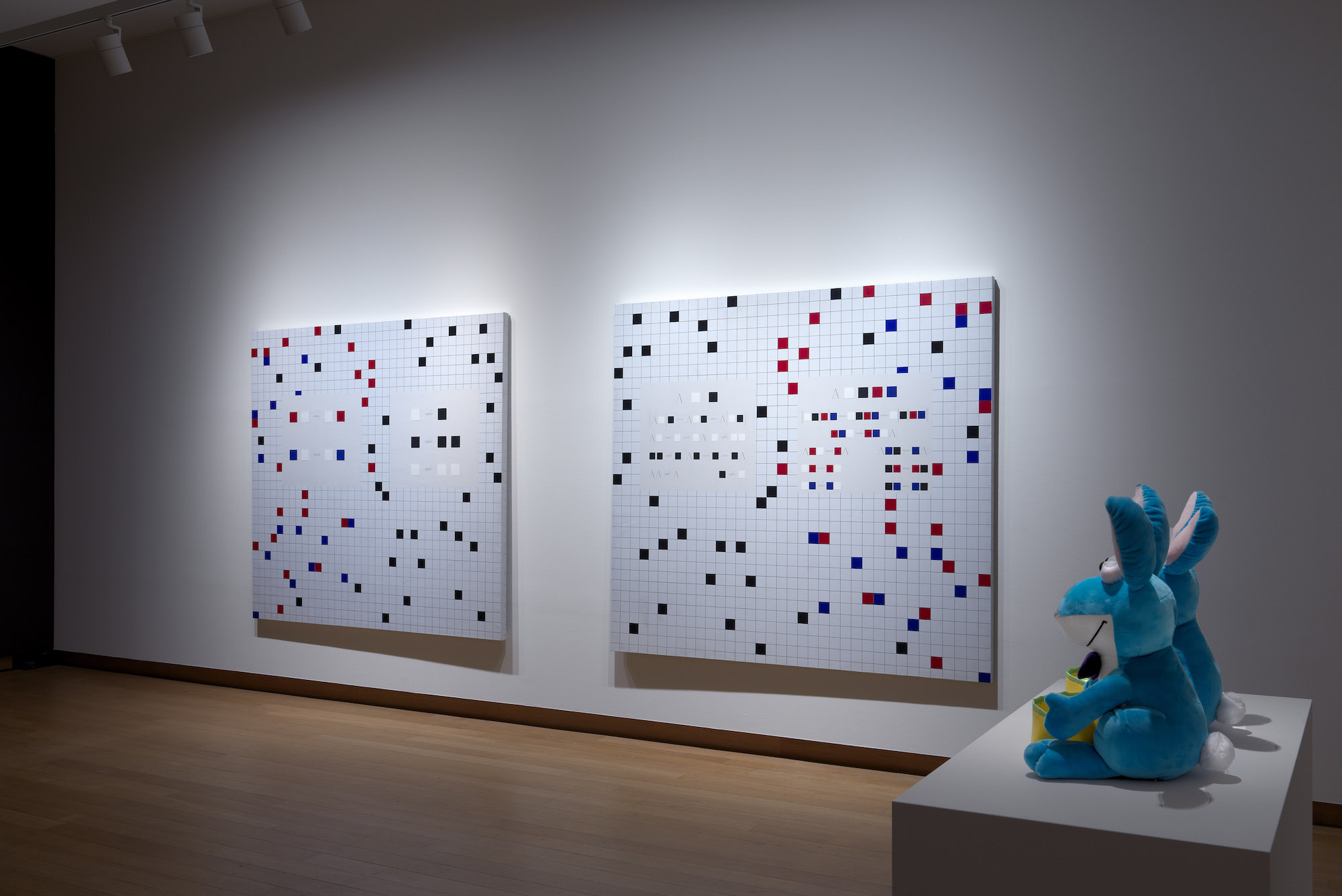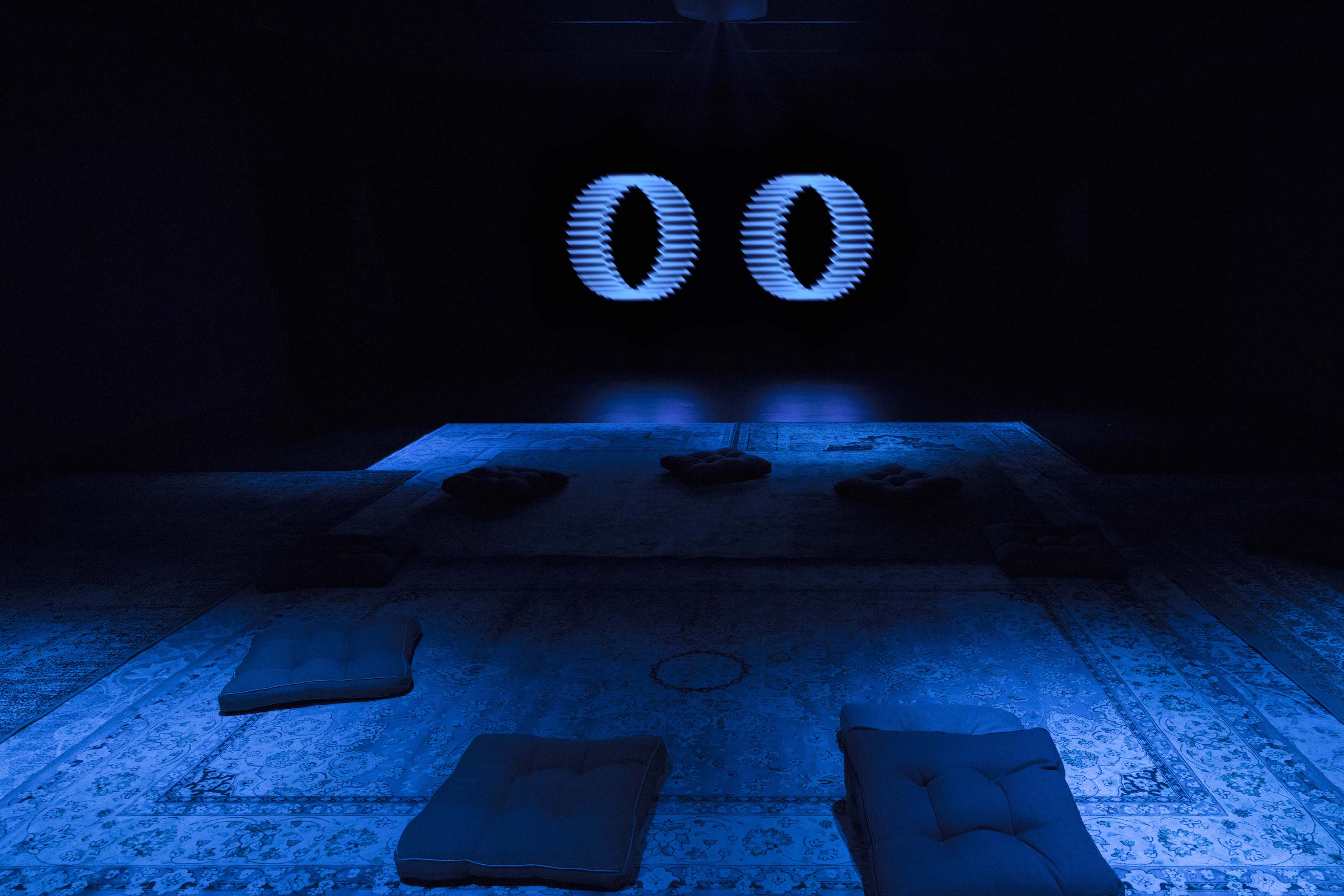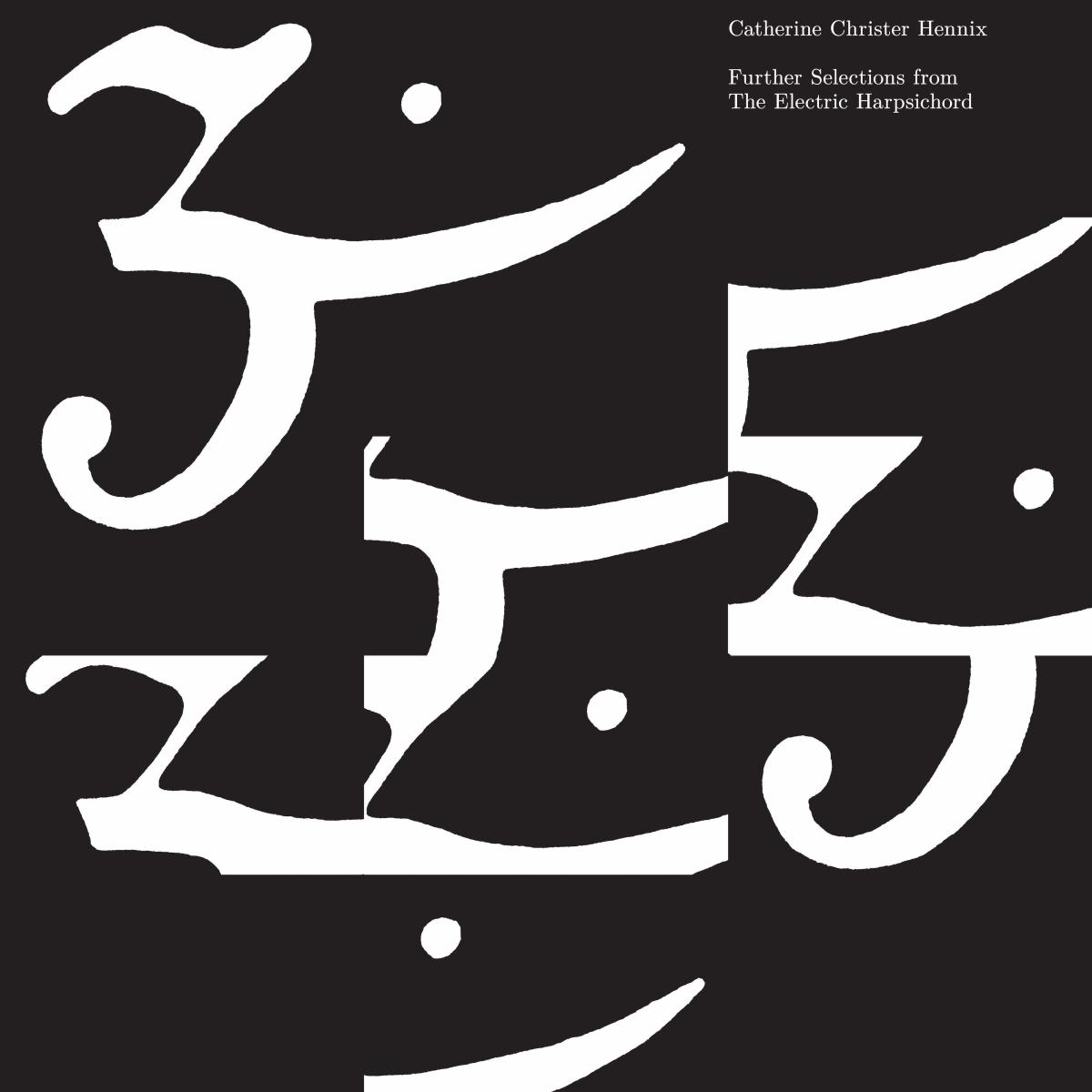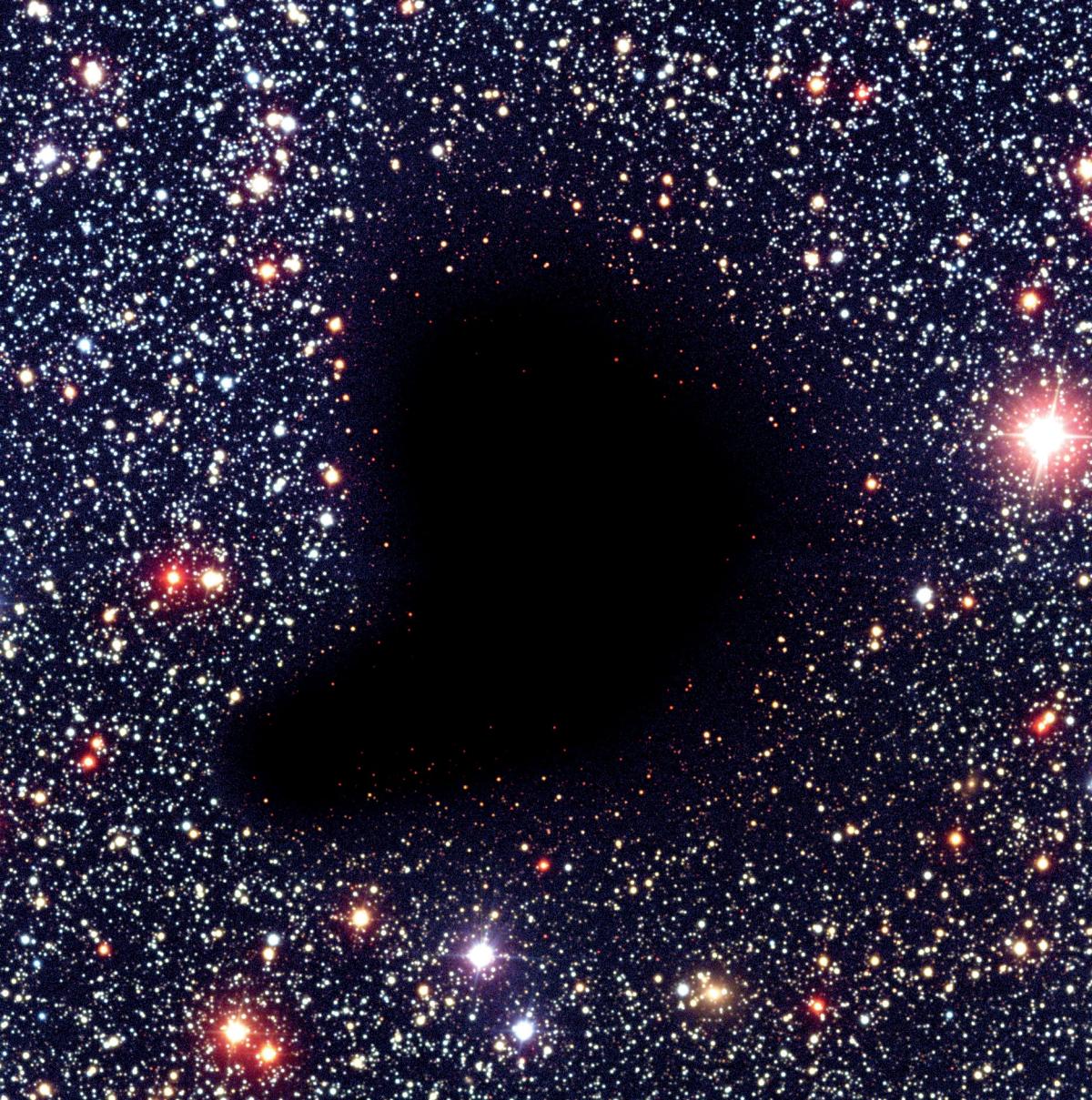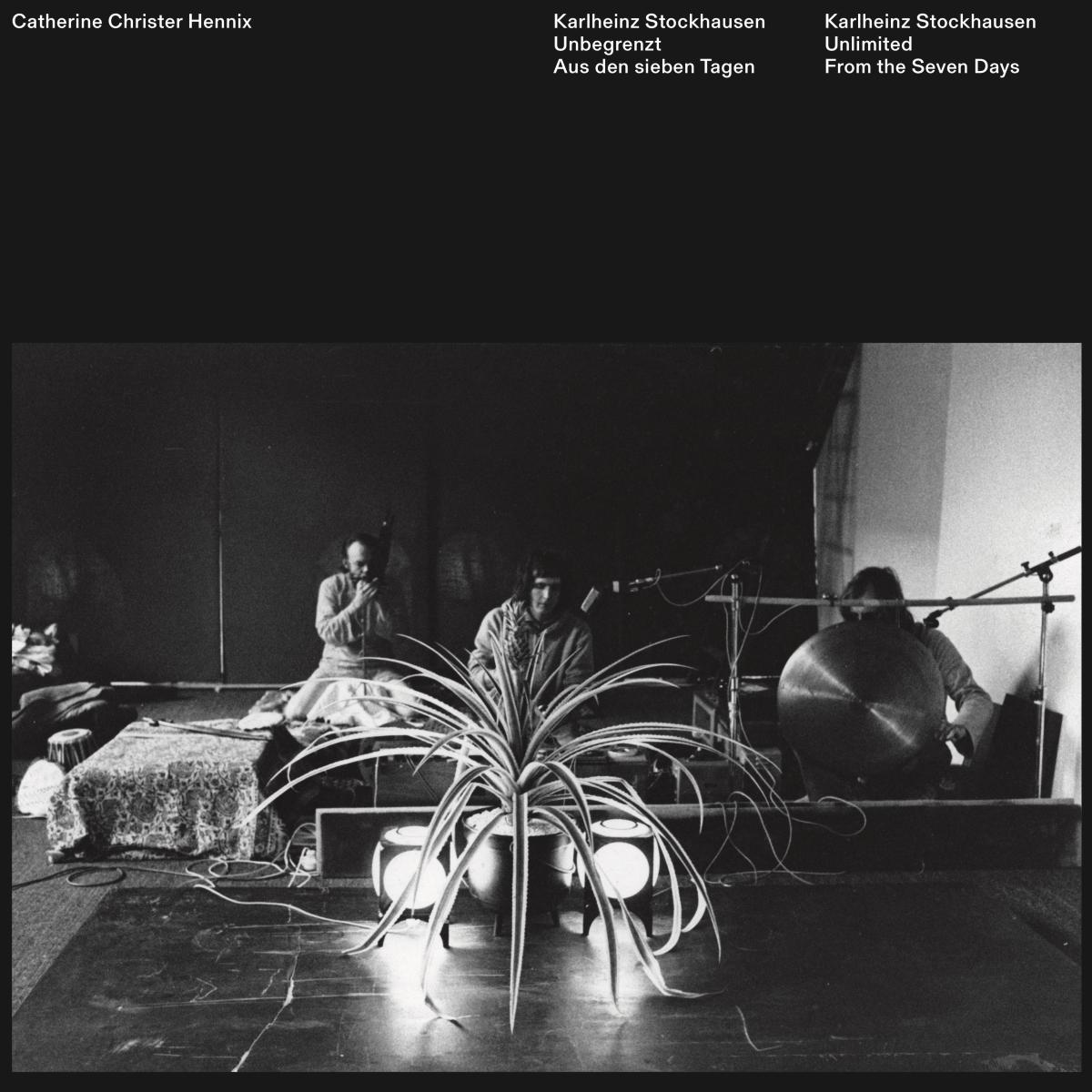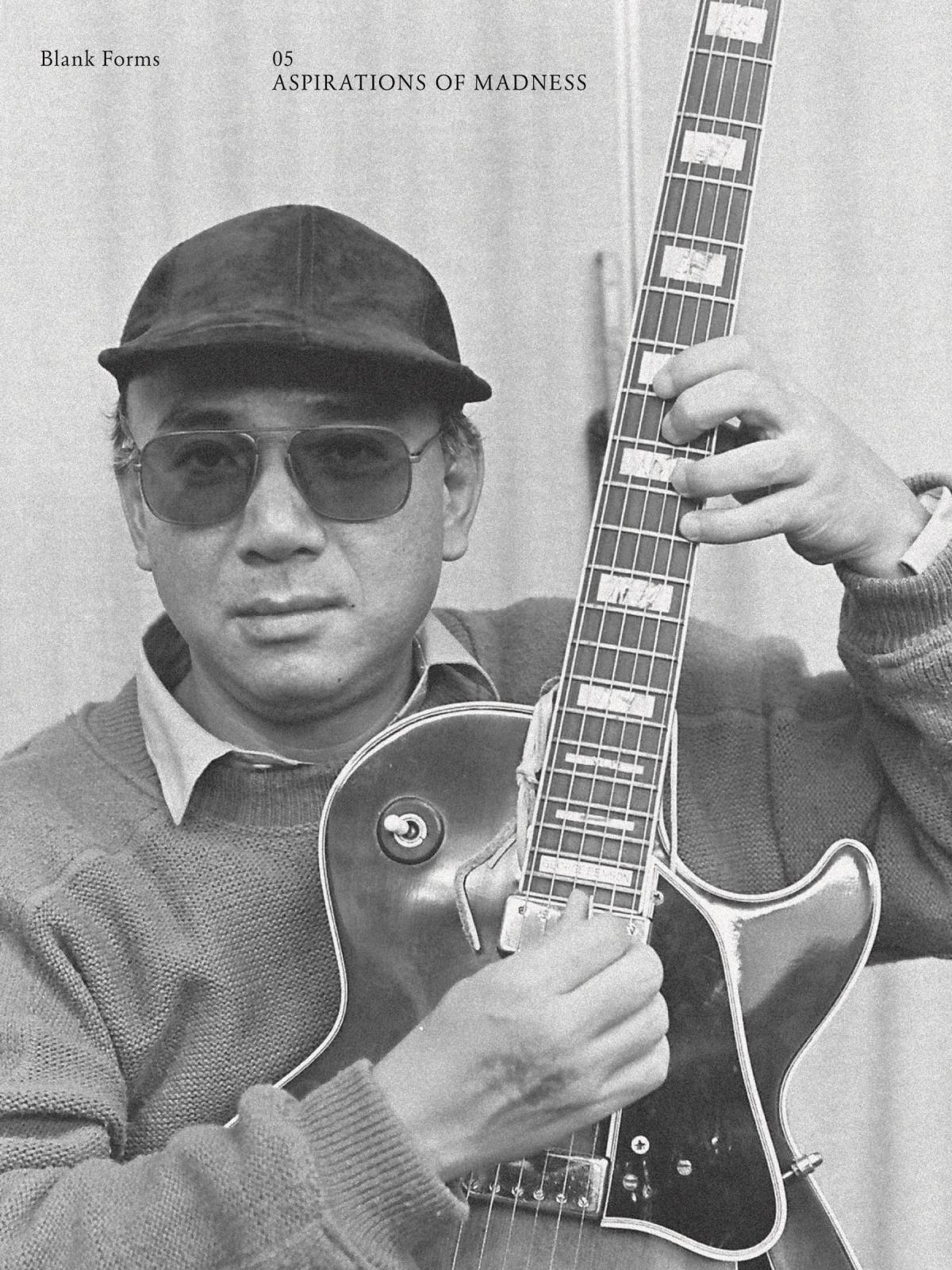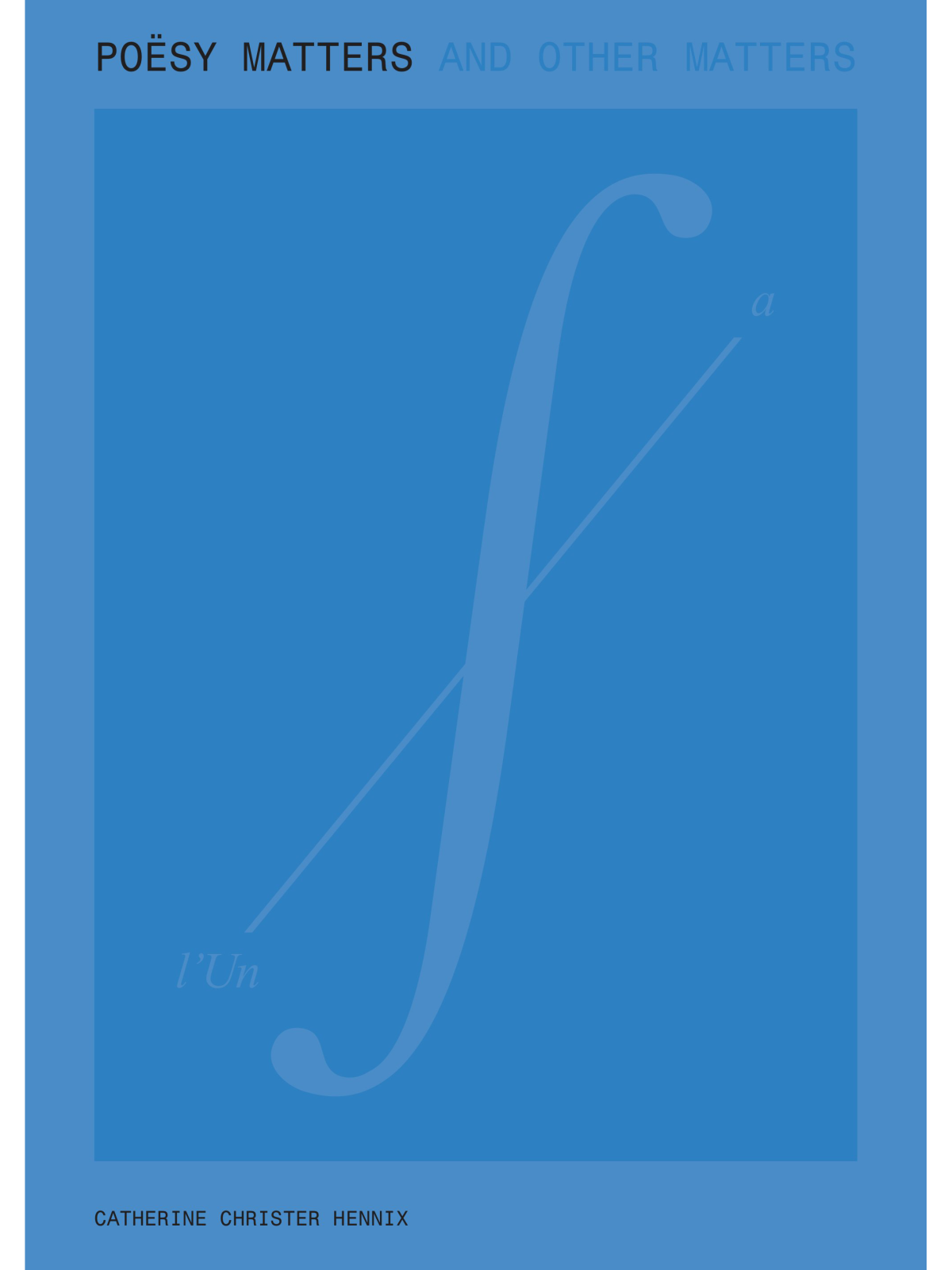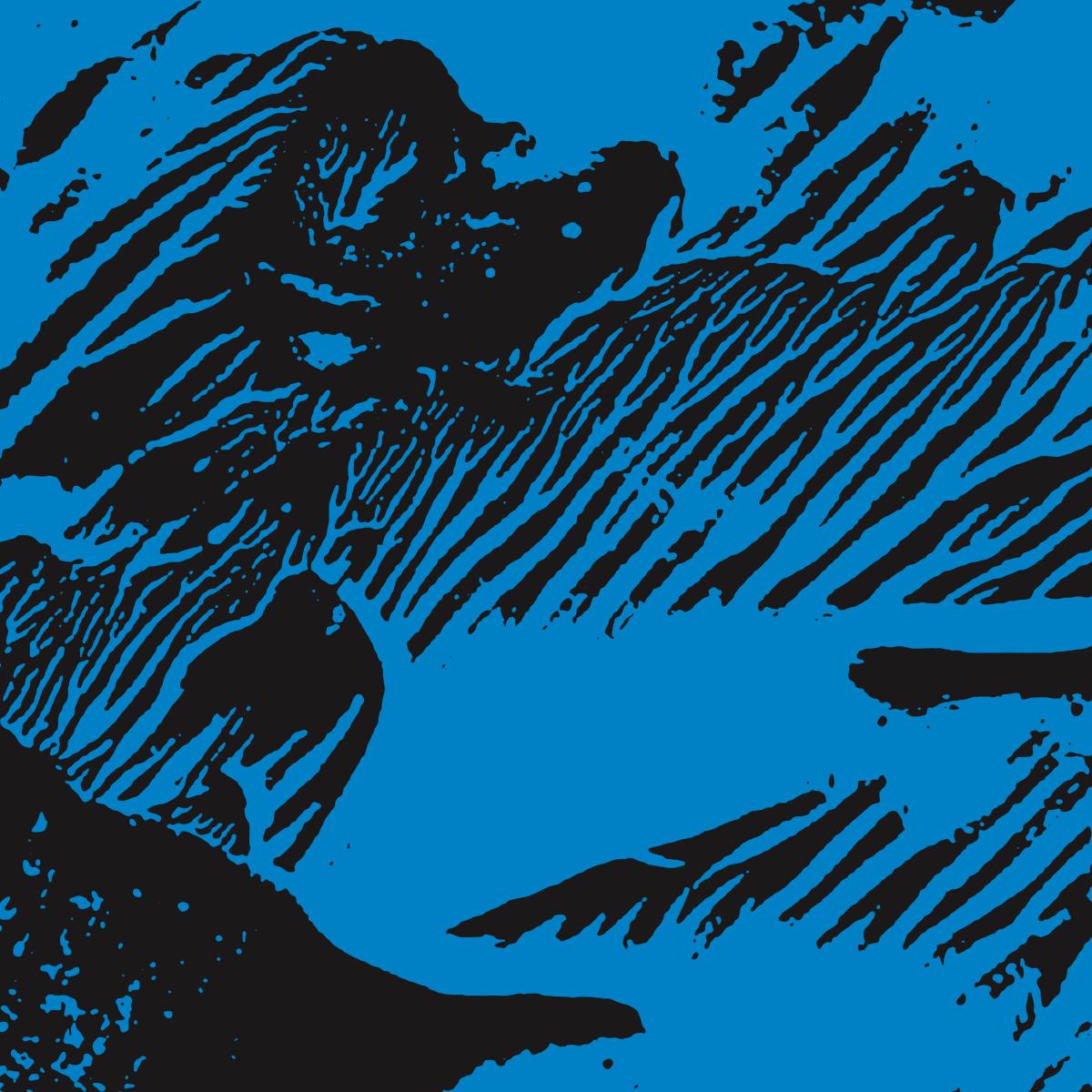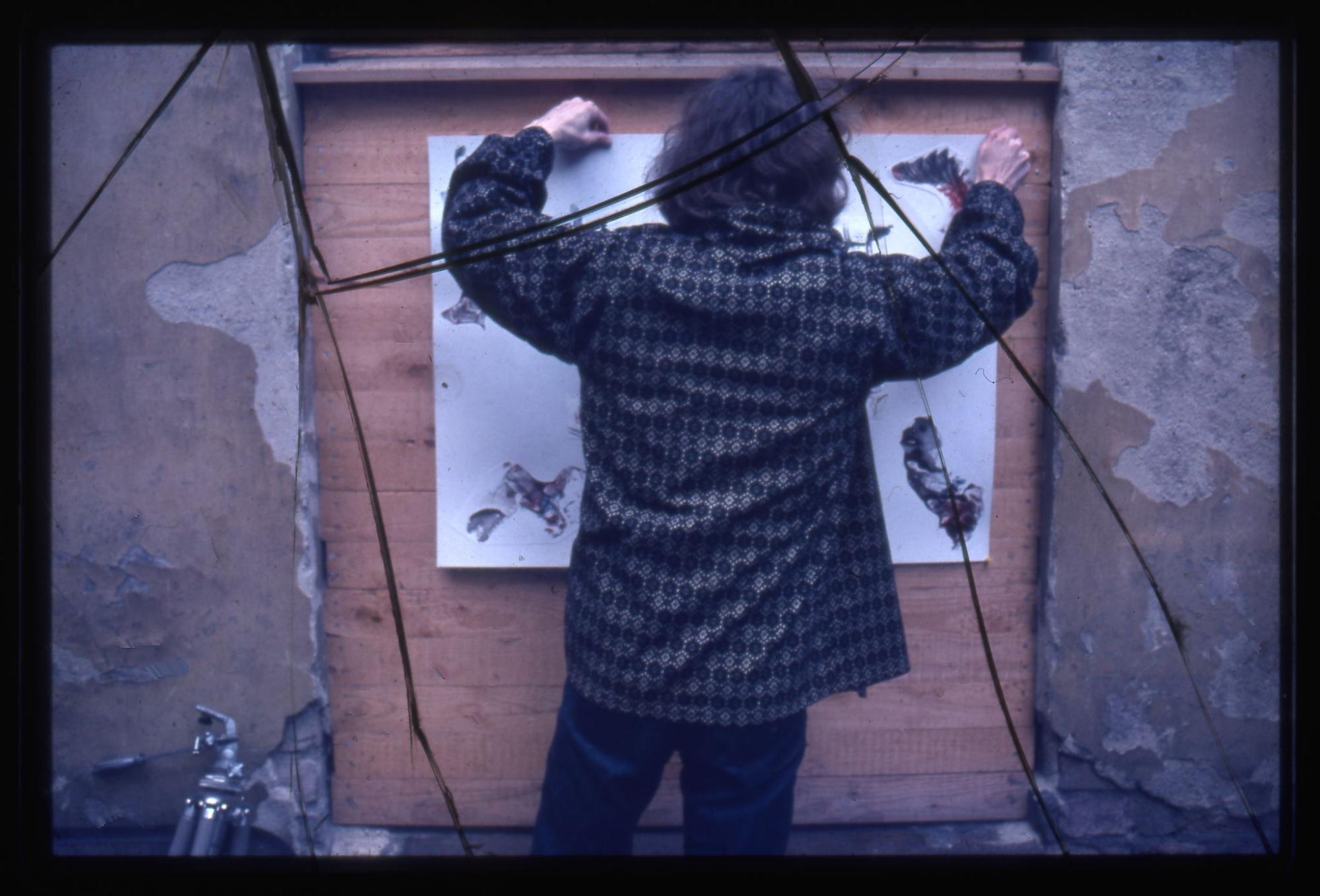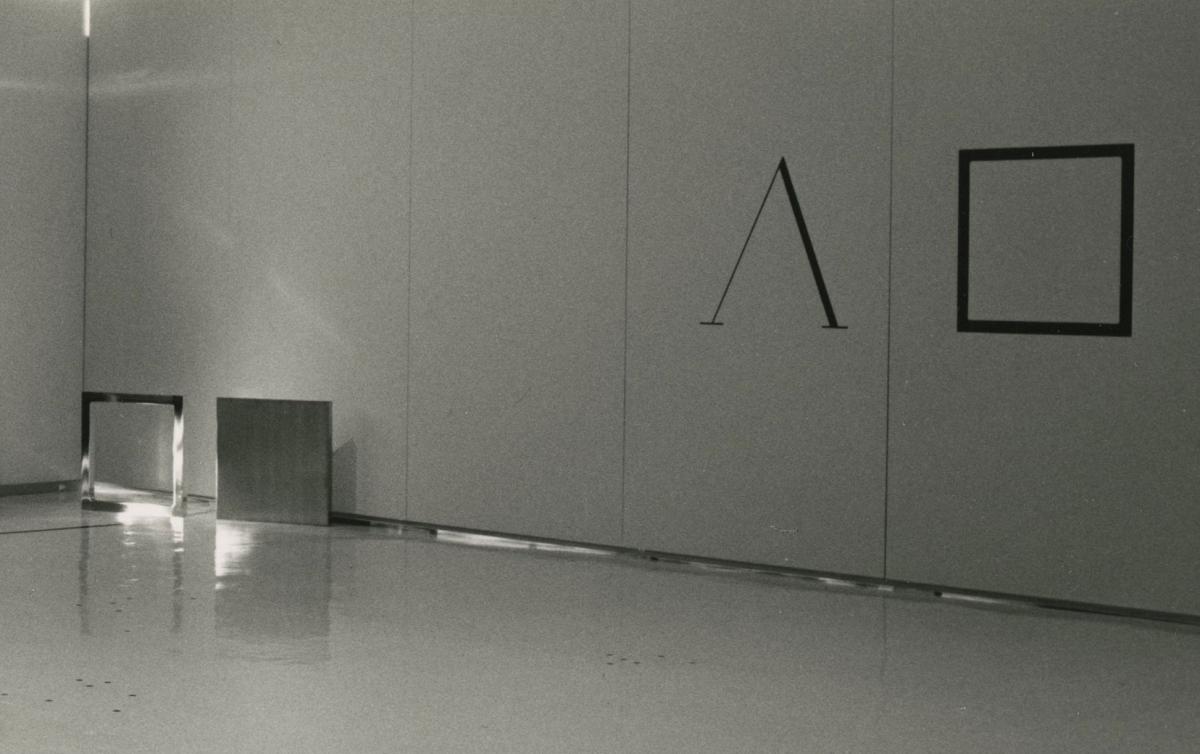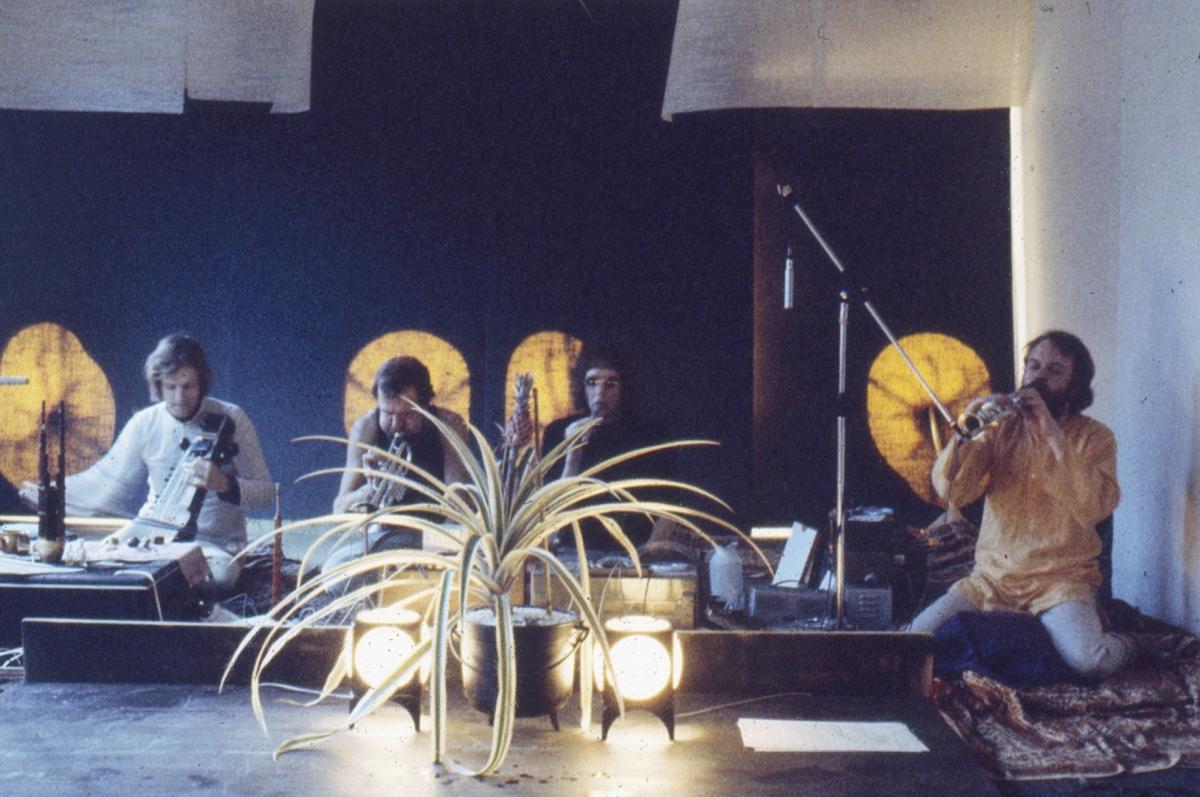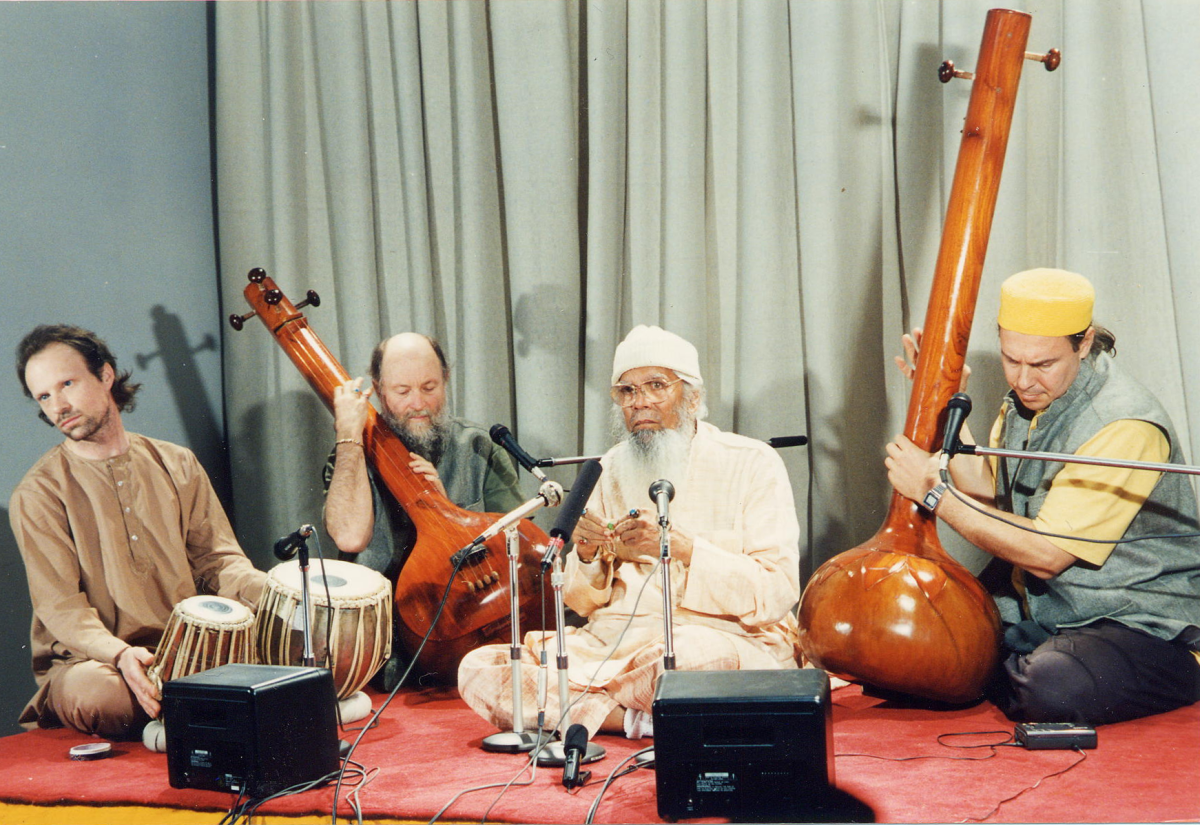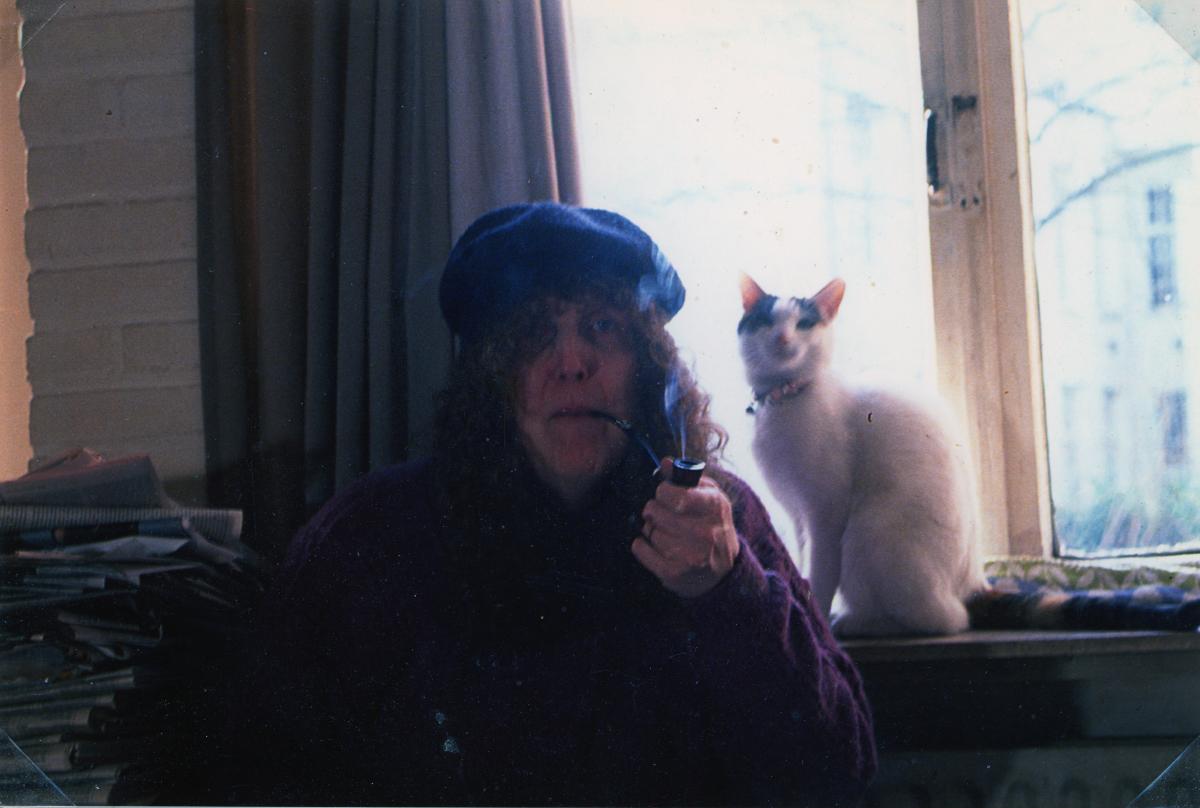Beginning in the late 1960s, composer, musician, and sound artist Catherine Christer Hennix (1948–2023) created a body of work spanning minimal music, computer programming, poetry, sculpture, and light art—pushing the technical and conceptual boundaries of her media toward singular ends.
Born in Stockholm in 1948, Hennix came of age during a vibrant period in the city’s jazz and electronic music scenes. She began playing drums at an early age in informal groups with her brother, Peter Hennix, and through her mother’s patronage had the opportunity to see and meet American luminaries such as Idrees Sulieman, Eric Dolphy, John Coltrane, and Albert Ayler during their stints in Stockholm. She joined Elektronmusikstudion (EMS) soon after its founding in 1964 and published the score Identitäten II on Åke Hodell’s Kerberos imprint in 1968; the following year, she presented her composition Still Life, Q at the second Text‑Sound Compositions festival. As her career progressed Hennix began collaborating with artists of New York’s downtown minimalist school, first with La Monte Young and Marian Zazeela and later with Henry Flynt, who would become a frequent creative partner the following decades. In 1973, Hennix became a disciple of Pandit Prān Nāth, master of the Kirana tradition of classical Hindustani music along with Young and Terry Riley. Central to her studies were Prān Nāth’s custom-designed tamburas and the devotional practice of continuously sounding them in a carefully tuned, uninterrupted flow.
In the early 1970s, Hennix led a large ensemble inspired by Young and Zazeela’s Theater of Eternal Music, which included over a dozen Swedish musicians. This group later distilled into a trio—Hennix, her brother Peter Hennix, and Hans Isgren—under the name The Deontic Miracle. In 1976, she presented her work at Moderna Museet with two major exhibitions curated by Ulf Linde: Brouwer’s Lattice, a ten-day festival of music where she premiered The Electric Harpsichord, and Topos and Adjoints, an immersive installation of her visual, sound and sculptural work.
In the decades that followed, Hennix seldom presented her work publicly but continued composing and recording in various configurations, including Henry Flynt’s Dharma Warriors and a quartet with Arthur Rhames. Her deep engagement with mathematics—particularly the intuitionism of L.E.J. Brouwer—led to teaching appointments at SUNY New Paltz and guest lectureships at MIT, as well as an extended collaboration with the mathematician Alexander Esenin-Volpin. Alongside Esenin-Volpin—who was imprisoned in the Soviet Union for his human rights activism before fleeing the country—Hennix was deeply involved in the international human rights movement. When Prān Nāth introduced her to the mystical Islamic practice of Sufism—initially within the Chishti Order, and later through Sheikha Fariha of the Nur Ashki Jerrahi Order— it became a lifelong spiritual path.
In 2010, Hennix returned to public performance for the first time in over thirty years with her new ensemble Chora(s)san Time-Court Mirage at the Grimm Museum in Berlin, and released her first official archival recording, The Electric Harpsichord (Die Schachtel). Until her death at the age of 75, she performed internationally with Chora(s)san Time-Court Mirage, presented solo keyboard concerts, and toured with her Kamigaku Ensemble.
Hennix’s work has been exhibited at the Stedelijk Museum in Amsterdam, Empty Gallery in Hong Kong, and Galerie Max Mayer in Düsseldorf. New and archival recordings have been released by Blank Forms Editions, including Selected Early Keyboard Works (2018), The Deontic Miracle’s Selections from 100 Models of Hegikan Roku (2019), Further Selections from The Electric Harpsichord (2024), Unbegrenzt (2020), and Solo for Tamburium (2023), along with a two-volume collection of her writings, Poësy Matters and Other Matters (2019).
Events
Catherine Christer Hennix’s Kamigaku Ensemble at the Sixth Edition Festival for Other Music
2025 Subscriptions On Sale Now!
Exhibitions
Journal
On Hennix’s philosophy of math.
Surveying Catherine Christer Hennix’s life and writing, from Poësy Matters and Other Matters (2019).
From Blank Forms 02: Music from the World Tomorrow (2018).
